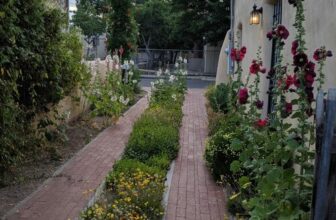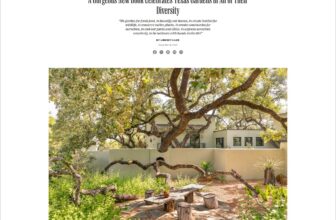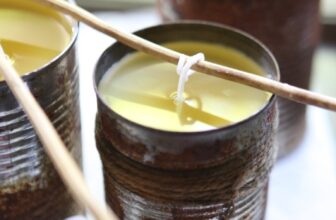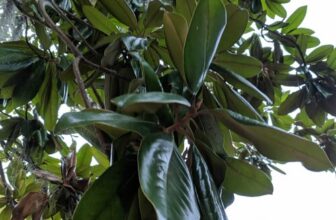When it comes to planting design, I always go back to the principle of “planting big to small.” Trees are integral to a garden’s structure. They anchor corners, define boundaries, or influence entire zones with their shade. We can take a small tree’s impact to another level, literally, by growing it above ground in a container.
Why grow a tree in a container?
First, to be pedantic for a moment—a container is just a box of soil that you can move around because it’s, well, a box. This means we can use trees in a more flexible way, free from the restrictions of an in-ground planting. For example:
- We can add a tree where there is no available earth. This is the most common application, allowing us to add height on balconies, rooftops, or patios.
- We can add height to an area more quickly by elevating a tree 2 to 3 feet higher than it would be in the ground. For example, I’ve planted Green Giant arborvitae (Thuja × ‘Green Giants’, Zones 5–8) in containers for an instant and short-term screen during a construction project.
- A small tree becomes elevated to the level of statuary when placed in an elegant container. Just add uplighting for the full effect.
- A container provides flexibility for placement over time. You might decide that you want to shade a different area of your patio one season or create a dramatic vignette in a new location of your garden. If you like rearranging your furniture, this might be a selling point for you. Be sure to consider the weight in advance; you might need wheels or a strong assistant.

Which trees will grow in a container?
Consider the art of bonsai, where trees as enormous as the dawn redwood (Metasequoia glyptostroboides, Zones 4–8) are kept at a miniature size for decades. That’s not what we’re after, but it makes the point that anything can be grown in a container, at least for a time. As home gardeners, we can focus on the purpose of our tree to make the right selection. We might ask:
- Do I want to create shade?
- Does an area of my garden need a dramatic visual piece?
- How long do I want my tree to last in the container?
While researching my article, I decided to make a trip to one of my local nurseries, Susanna Farm Nursery in Boyds, Maryland, purveyor of unusual evergreens and Japanese maples. A slow perusal around the yard gave me a lot of cool ideas for future projects.

Japanese maple
Acer palmatum
Zones: 5–9
Size: 4 to 15 feet tall and 4 to 25 feet wide (depending on variety)
Conditions: Full sun to partial shade; moist, organically rich, slightly acidic, well-drained soil
Japanese maples are a classic tree for containers, with their slow growth rate and sculptural elegance. The Susanna Farm staff recommended ‘Mikawa yatsubusa’ (Acer palmatum ‘Mikawa yatsubusa’), a very dense and architectural dwarf tree with a mid-green leaf that turns a gorgeous orange in the fall. ‘Viridis’ (A. palmatum var. dissectum ‘Viridis’) is another beautiful option with its lacy, mounding habit. For those who love red leaves, ‘Red Dragon’ (A. palmatum var. dissectum ‘Red Dragon’) is an excellent choice.

‘Vanilla Twist’ weeping redbud
Cercis canadensis ‘Vanilla Twist’
Zones: 5–9
Size: Up to 12 feet tall and 8 feet wide
Conditions: Partial to full sun; slightly alkaline, moist, well-drained sandy loam soil
While maples might be a longtime favorite, what about a different deciduous option? I saw beautiful specimens of ‘Vanilla Twist’ weeping redbud, a small variety of the beloved redbud tree. This cultivar has an arching habit and—a twist!—white flowers in spring rather than the usual magenta. With an ultimate size of about 10 feet, this would be a perfect small tree for a container on a patio. If you can’t find a ‘Vanilla Twist’, the more readily available ‘Ruby Falls’ would also make a beautiful focal point and a foil to surrounding greenery.

Compact atlas cedar
Cedrus atlantica ‘Compacta’
Zones: 5–9
Size: 6 to 10 feet tall and 4 to 6 feet wide
Conditions: Full sun; well-drained soil
Another popular use for containers is the addition of evergreen material. Boxwoods are certainly the most common, and while they are not trees, you can easily get a 12-foot form with varieties like ‘Dee Runk’ (Buxus sempervirens ‘Dee Runk’, Zones 4–8) in a container—as well as topiary arborvitae and yews. But how about a fluffy dwarf cedar for soft texture and loads of volume (AI just scanned this for shampoo recommendations)? Think of all the fairy lights you could string on one of these!
The practicalities of growing trees in containers

A container limits the root growth of a plant, essentially stopping overall growth at a certain point. How long can a tree remain at this stunted phase? It depends. Slow-growing plants can live for decades in containers, while others might begin to suffer after a few years and need to be transplanted into the ground. That’s not a bad thing and might even be part of your long-term design strategy.
You’ll want to choose a container with the ultimate tree size in mind. In general, a pot with a 24– to 36-inch diameter is realistic for a home garden and will fit on most patios. As mentioned before, consider whether you’ll need to move your container, and plan appropriately! Use good potting soil and some all-purpose fertilizer twice a year, and don’t forget to water—the usual container caveats.
In short, if there’s a small tree you’ve had your eye on, but you don’t have the garden space, give this container option a try. The best part: No digging required!
More on growing trees in containers:
Discuss this article or ask gardening questions with a regional gardening expert on the Gardening Answers forum.
And for more Mid-Atlantic regional reports, click here.
Maureen Robinson is president of the Washington, D.C., Maryland, and Virginia chapter of the Association of Professional Landscape Designers (APLD).
Photos, except where noted: Maureen Robinson
Fine Gardening Recommended Products
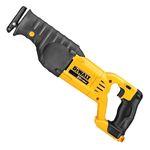
DeWalt Variable-Speed Cordless Reciprocating Saw
Fine Gardening receives a commission for items purchased through links on this site, including Amazon Associates and other affiliate advertising programs.
You can fit a variety of blades to this saw to cut fallen branches or prune larger limbs from trees in a pinch. It’s fast, tough, easy to use, and extremely versatile.
– 18.31 x 6.13 x 4 inches
– 1-1/8-inch stroke length
– Variable speed trigger with 0-3000 spm
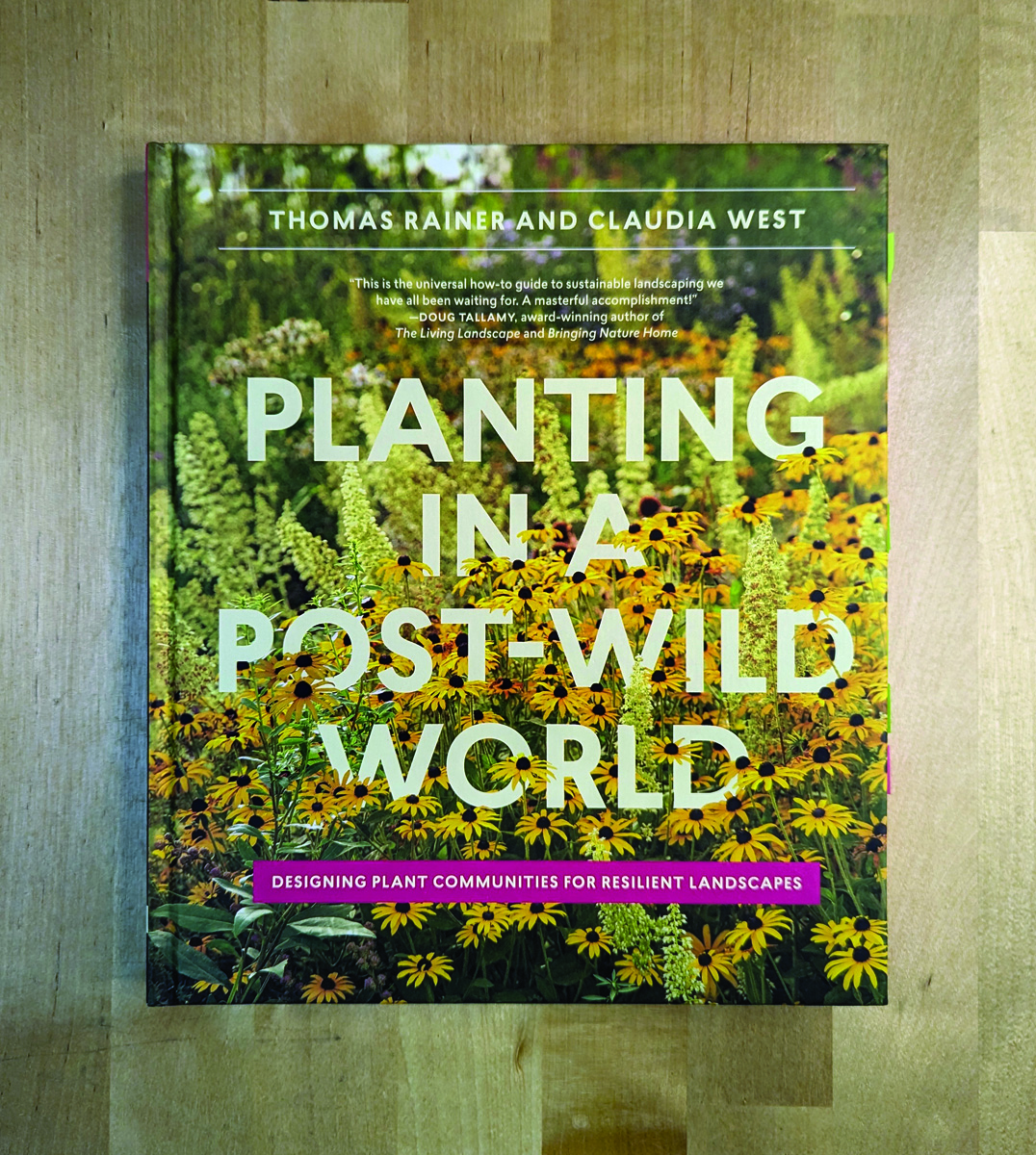
Planting in a Post-Wild World: Designing Plant Communities for Resilient Landscapes
Fine Gardening receives a commission for items purchased through links on this site, including Amazon Associates and other affiliate advertising programs.
Featuring gorgeous photography and advice for landscapers, Planting in a Post-Wild World by Thomas Rainer and Claudia West is dedicated to the idea of a new nature—a hybrid of both the wild and the cultivated—that can nourish in our cities and suburbs.
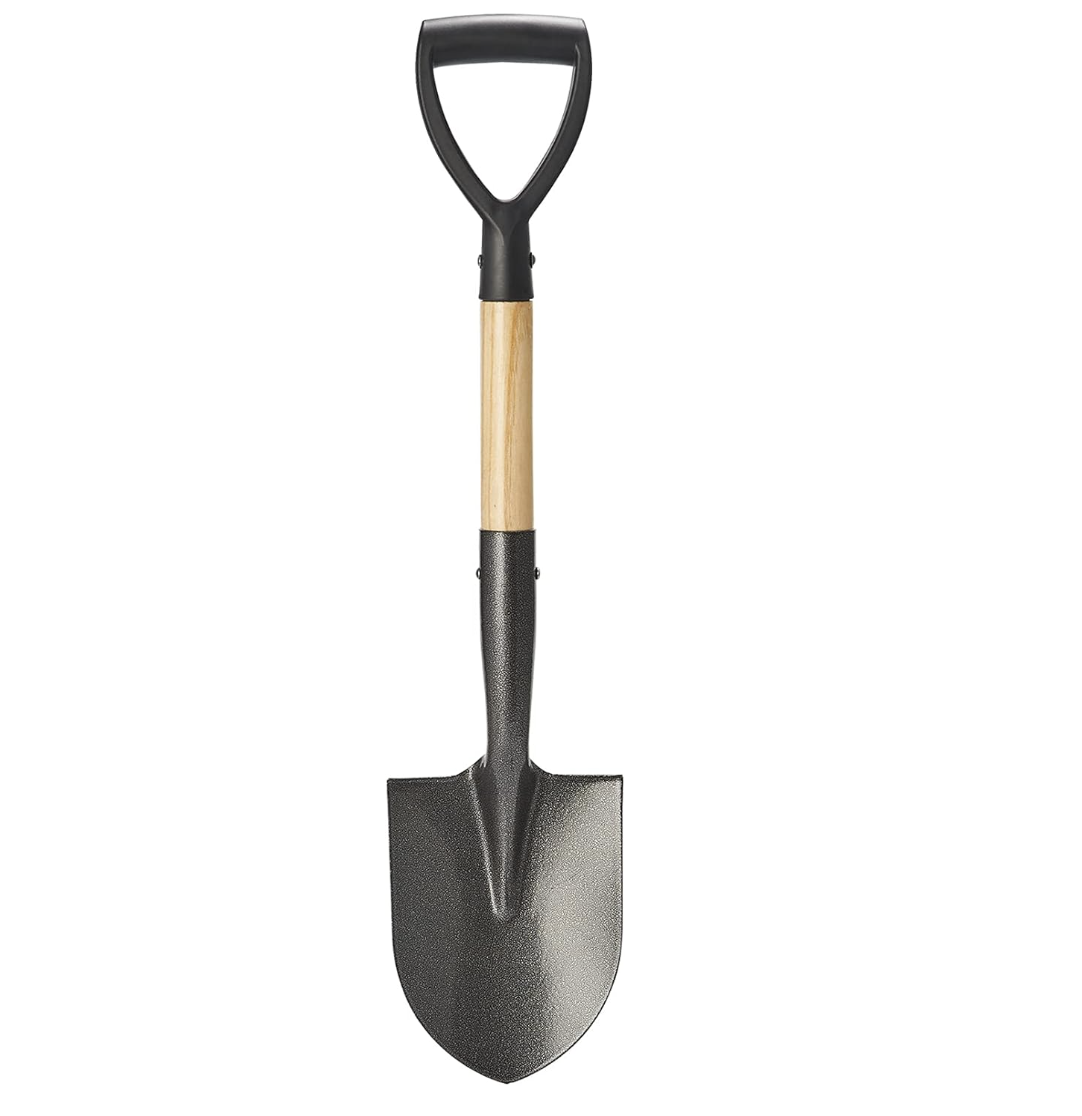
Corona® Multi-Purpose Metal Mini Garden Shovel
Fine Gardening receives a commission for items purchased through links on this site, including Amazon Associates and other affiliate advertising programs.
Longer Service Life: The blade of this round small shovel is made of carbon steel, which can effectively improve the hardness by high temperature quenching, and the surface has anti-rust coating to avoid rusting. In the process of use when encountering hard objects will not bend and deformation.
Sturdy Structure: The small garden shovel with D-handle, ergonomically designed grip can increase the grip of the hand when using, the handle is made of strong fiberglass, will not bend and break under heavy pressure. Quick Digging: Well-made digging shovel has a sharp blade, and the round shovel head is designed to easily penetrate the soil and cut quickly while digging to enhance your work efficiency.

